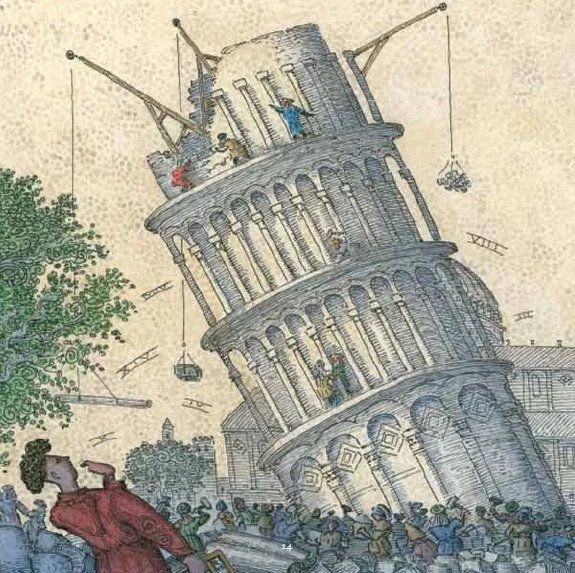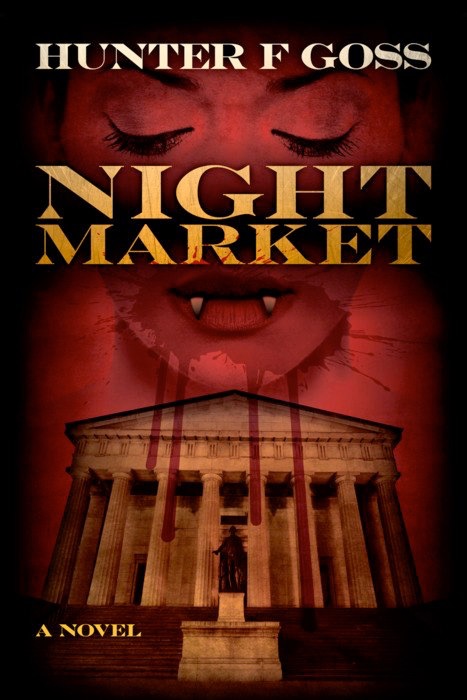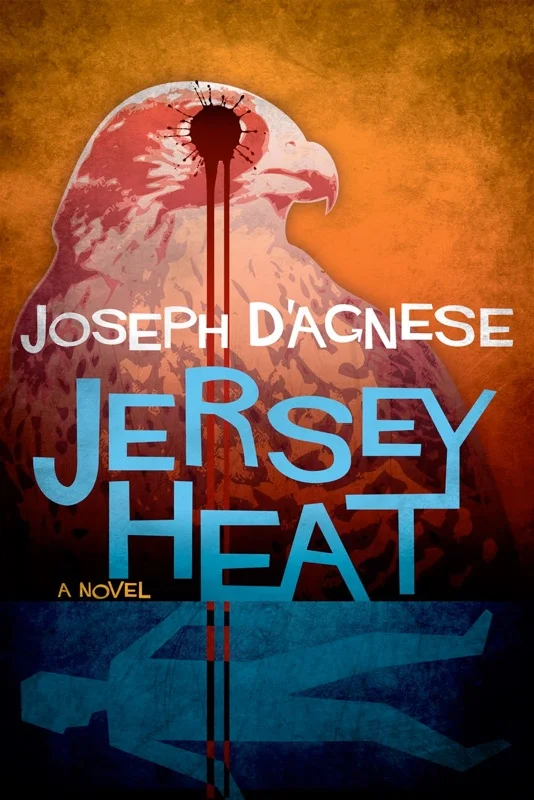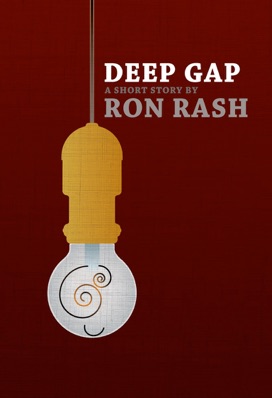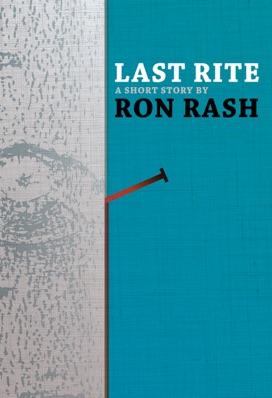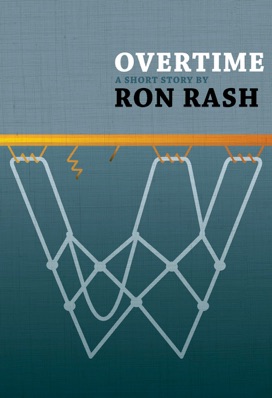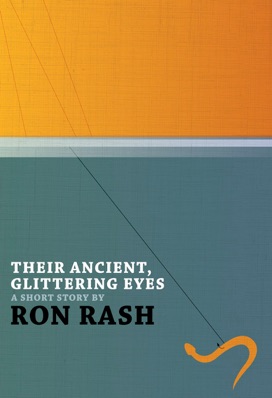Lately, every time I read about a hot new indie title—whether self-published by a name author or an up-and-coming newbie—the man behind the cover art is Jeroen.
I’ve been obsessed with illustration since I was a kid. In my career, I’ve been lucky to work with children’s book illustrators and magazine illustrators, but this is the first time I’ve personally hired and teamed up with a cover artist to bring my work to life. I thought I’d take some time to ask Jeroen all the little questions I’ve been shy about asking during the few months we’ve been working together.
He graciously consented. Here’s our interview, along with links to some recent cover art by the man himself.
How do you describe the work you do? Are you a designer, an illustrator, or what? (It might help if you tell us what your training/background is.)
I consider myself a designer first. However, illustration is a skill I almost always use to assist me in creating the design I have in mind. In some cases an illustration becomes the key element of a design. Your book The Scientist & The Sociopath is an example, but the Serial-series covers I created for Blake Crouch and Joe Konrath are also illustrations, as is Suzanne Tyrpak’s Vestal Virgin cover. I also use stock photography, sometimes my own. Several of the covers I designed for Marcus Sakey feature my photos, as do several of Blake’s covers.
I guess I was fortunate to have studied graphic and typographic design at the Royal Academy of Arts in The Hague in the early- to mid-1980s. There was a strong focus on teaching the principles of design and typography, taught by people such as Gerrit Noordzij, one of the greatest type designers of his generation. There was, however, equal attention paid to illustration and photography. The philosophy was very much, "Why ask someone else to make an illustration or photograph for your design if you can do it yourself?" In retrospect I can see that graduating the year before Apple MacIntosh was introduced to the Netherlands helped as well. Knowing how lead type works, and why there are certain rules of design helps me on a daily basis. That said, I have worked on an Apple for more than 20 years now, and would consider a career change if I had to go back designing old school.
Everywhere I look these days, I see your name and your work. I unhesitatingly tell people that you are probably the best designer of indie book covers on the planet. Do you have any problem with that designation?
If that is your truth — so be it, I’m flattered. However, I’m sure there will be many people who beg to differ, who prefer someone else’s work. I would never use the designation myself, or even consider the thought. Like most people working in the arts, everything I do is accompanied with doubt. Is it good or is it crap? Will the client like the cover, or think it is shit?
What other types of design work do you do and how important is the indie book business to your overall workload?
Before entering the book design world about three or four years ago, I designed logos, corporate identities, websites, wayfinding, and packaging. I still do, but designing covers has become something I’m very passionate about. It is hard to say what the balance is today. A year ago I would have said 80/20 in favour of the other stuff. Today it is probably 40/60 in favour of book covers. Who knows what it’ll be next year?
About how many covers do you create a year? Is that part of your business growing?
I don’t know — I haven’t counted. I can tell you that about a year ago I worked with about 7 or 8 authors, today it is over 40. So yes, that part of my business is growing.
Soup to nuts, how does a cover come to be? How long does the process take, and do the steps you take vary from cover to cover?
It depends. I usually receive a manuscript, sometimes accompanied by a synopsis. I read it, take in account additional information offered by the author and I think. And think, and doodle. And sometimes research. I think until I have an idea, or several, then edit, and usually only then start to actually design. Almost always I create one cover and present that to the author. I don’t do comps and send a bunch of ideas to the author. It creates confusion. It does, however, mean that I occasionally present a design that doesn’t work for the author. Which means that I then go back and present a new and different idea, taking in account the author’s feedback. Important to me is that the author receives a cover he or she feels completely happy with, and is proud to share with his or her audience.
What kind of software or other tools do you use to make a cover come to life?
Illustrator, Photoshop, and Indesign are my software, plus the thousands of typefaces I have bought over the past decades. My hardware are a MacBook Pro, two iMacs, and my beloved MontBlanc Meisterstück (which I bought twenty years ago as retail therapy after a particularly frustrating meeting with a client) for writing notes. I also use Steadtler Ergosoft and Omnichrom 108-3 Aquarell pencils for doodling and sketching in Moleskine drawing notebooks. I’m a sucker for nice stuff.
You told me once how ideas for covers pop into your head as a quick flash of insight or inspiration. Can you tell us what that process is like?
Annoying — because it never stops. I sometimes even design in my dreams. I’m not kidding. It is bloody annoying, especially for family and friends. We can have a lively conversation, and I see or hear or smell something that triggers a synapse in my brain and off it goes. I have to leave the party to write the idea down, or make a quick sketch, otherwise I might forget it. It drove my wife bonkers, but she’s used to it now.
Do you read all the books for which you design, or is it enough to simply get a feel for the concept from the author?
I read almost all the books I design covers for, or at least enough to get a feel for the story, its tone and style. Occasionally the author supplies a summary or synopsis of the book, which allows me to skip reading the book itself. I’ve probably read over 80 novels so far this year. I’m not a fast reader, so reading is expensive. Thankfully sometimes an idea can be triggered by a paragraph in the author’s email, talking about the manuscript. Then I only read enough to confirm my idea truly fits.
It seems like you do mostly mystery, thriller, horror book covers. Are these your favorite genres?
Not necessarily. It is the quality of the writing, combined with great storytelling that makes me tick. One of my favourite authors is Ron Rash, who writes amazing stories set in the Appalachians. I love his style, the dire realism of his work, the love he has for nature and how he describes his characters, their relationships, the choices they make and how it affects them. I’ve read all his work except for Serena, of which I read the first two chapters only. I’m saving the rest for the perfect moment, whenever that may be. For my own pleasure I designed nine covers last year, for some of his short stories. After awhile I found the courage to send them to him, hoping I could sway him to publish his work as ebooks, featuring my covers. He said he found the illustrations wonderful, and referred me to his agent. Sadly it ended there. Rash did give me permission to show the covers on my website — I haven’t done so yet.
So are we unlikely to see a cover by you for a sci-fi or fantasy ebook featuring some kind of Hobbit-like creature in the near future?
I usually say I won’t design covers for books that are about scarcely clad guys toting oversized shining swords conversing with dragons — not my cup of tea. That said, someone I already work with sent me the first snippet of a novel that is very much fantasy, and immediately the ideas started bouncing. So watch this space…
We first met when I asked you to do a cover for my nonfiction science book. You said you were intrigued because you actually have an interest in all kinds of nonfiction books as well. Can you tell us about some of your recent favorite NF reads?
I’ve always been interested in human behaviour. What is it that makes us do what we do, and why? Do we have any control over our destiny, is there such a thing as fate? Why do people fall under the spell of others — and would I? Right now I’m trying to read The Black Swan, by Nassim Nicholas Taleb, which is about unpredictable and improbable events, and once they have happened how we then try to explain it, rationalize it, attempting to make it appear less random, more predictable. Which Taleb explains is pointless, I think. Another one is Hitch 22, Christopher Hitchins’ autobiography. But I’m afraid both are too demanding right now. I guess I should book myself some long flights for those two books.
What also interests me greatly is how talented people utilise their artistic creativity to con people. Especially where it concerns the fine art scene. One of my favourite non-fiction books is Clifford Irving’s FAKE! The story of Elmyr De Hory, The Greatest Art-Forger of Our Time, published in 1969. Anyone remotely interested in fine art, the art of collecting fine art, and the gullibility and greed of people should read it. Also fantastic, and more recent, is Freakonomics: A Rogue Economist Explores the Hidden Side of Everything, by Steven Levitt and Stephen J. Dubner.
Can you name some up-and-coming self-pubbed authors whom you think have great promise?
I think Blake Crouch will become one of the greatest thriller writers of his generation, if he isn’t already. J.E. Medrick has the potential to become a household name — her Icarus Helix series totally rocks. Roy Finch’s The Emperor of Glitter Gulch is an amazing and brutal debut. Steven Konkoly’s The Jakarta Pandemic, if you like a terrific novel about society unraveling after an event; Suzanne Tyrpak’s Vestal Virgin, if you are into the genre currently dominated by Robert Harris. Ania Ahlborn’s debut Seed is a terrific horror yarn, as is Robert Swartwood’s The Dishonored Dead, but for totally different reason — best zombie book I have ever read. And Saffina Desforges’ Sugar & Spice will more than satisfy anyone who loves a psycho-sexual thriller. There are more – should I continue?
Are you pleased with your increasing work in book covers? Is there ever such a thing as too much work for a freelancer?
Yes, I am — very much so. With designing ebook and print-on-demand covers I have found something that combines my love for reading, collecting books, and design. I have never been very ambitious, but having found this niche — and enjoying it immensely, I now want to build a large and diverse body of work. This is only the beginning.
What the heck are you doing living in New Zealand, and can you get us all a good deal on some sauvignon blanc?
That is a very long story I may tell you in person someday, while enjoying a bottle of that great sauvignon blanc or pinot noir growing in my back yard.
Thank you, very much, Jeroen, and here's hoping we'll meet in person someday.




